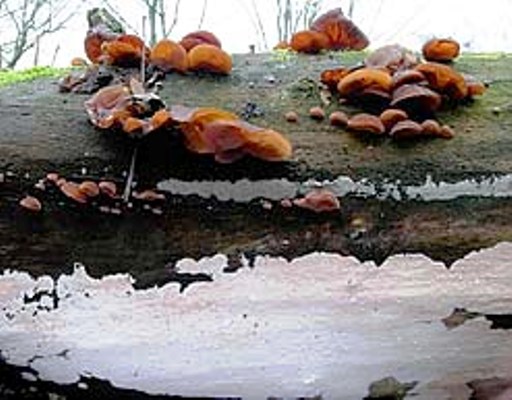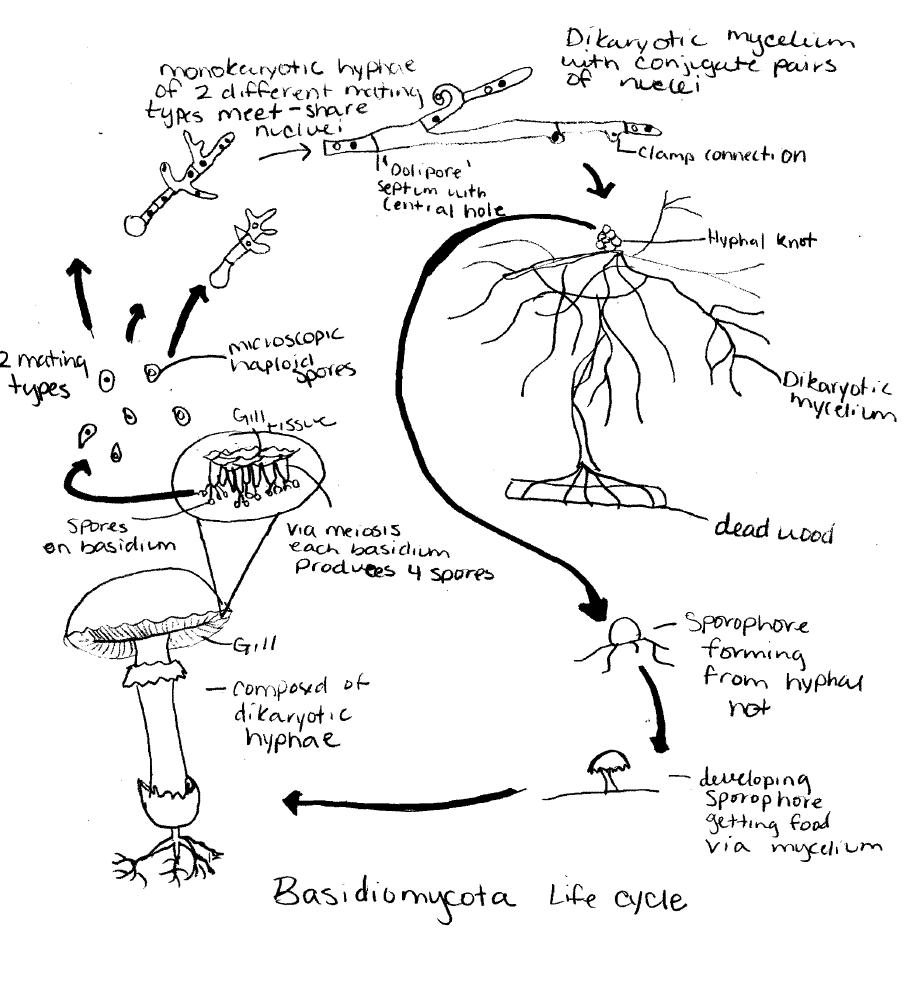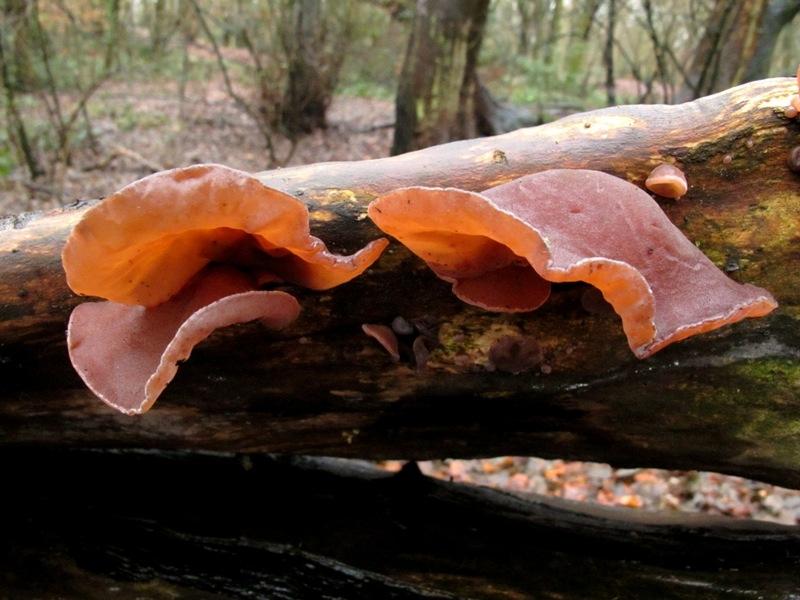Reproduction
In order to be able to survive and live on through years, an organism must be able to reproduce effectively and make sure their offspring are able to grow and survive themselves.
Since the Auricularia auricula-judae fungi are part of the phylum Basidiomycetes, their reproduction can be explained based on the reproduction of all mushroom that belong to the Basidiomycota fungi.
In the following image, I have drawn the general life cycle of this mushroom. I will further explain each step and give you a better idea of how it all works. Many terms I have explained in the Classification section as well.
These mushrooms solely reproduce sexually, but there are certain phylum of fungi that reproduce asexually and sexual like the Zygomycetes and Ascomycetes. Focusing on the Basidiomycetes, we start with the spores.
First of all, we start with the mycelia which arise from spores. When one mycelium finds a mycelium of a different mating type, they combine undergo plasmogamy which is when the two mycelia combine their cytoplasm to form one mycelium (Campbell, 2008.) This then forms a dikaryotic mycelium which means that it has two sets of chromosomes, one from each mating type. This stage is considered to be their main stage because they tend to remain here until the perfect conditions for more reproduction exists. They also increase the surface area that they have which increases their chances for obtaining nutrients.
When the right condition is finally obtained, they form the fruiting bodies which is when the conditions for good and effective reproduction is possible. These mushrooms have gills underneath the cap that allow for a greater surface area for spores to be produced. These gills are lined by basidium.
Furthermore, the nuclei of both parents combine in a process called karyogamy. When this occurs, the nuclei are then diploid containing the chromosomes of both mating types in one altogether nuclei. This nuclei undergoes meiosis and produces four haploid basidiospores on each basidium. Then, the spores are released and the cycle begins all over again.
©D.Humphries/arbtalk.com
The Jelly ear mushroom would most likely reproduce solely around the trees that they feed on and are carried to different locations by many different vectors like wind, humans, animals, and other organisms. It spores are also white in color. It is hard to imagine that any mushroom would ever die out since they produce so many spores, however severe environmental factors could affect them.
So that was a overview on how this mushroom reproduces and is able to continue its life on this planet.
To continue, head on over to the interactions section to see how this mushroom forms relationships with other organisms and the many uses humans have for these organisms.
Go back to the Home page.
 Auricularia
auricula-judae
Auricularia
auricula-judae 
